Sixteen Wells
This mysterious medieval grotto holds a grid of sacred wells of unknown purpose.
The capital and religious center of Japan from the 12th-14th centuries was the city of Kamakura. It’s filled with medieval Shinto shrines and numerous Buddhist temples. One such temple is Kaizō-ji, which dates back to 1253. Due to the fact that flowers bloom all year long on its grounds, Kaizō-ji is commonly known as the Flower Temple. The temple is also known for its Sokonuke-no-i, a legendary “bottomless well” located in front of the gate.
Although far from bottomless, the well originates from a 13th-century poem written by a local samurai’s daughter, who attained spiritual enlightenment when her bucket’s bottom broke and fell beside the well. The Sokonuke-no-i was named one of the Ten Wells of Kamakura in 1685 and has maintained its fame ever since.
The temple’s more obscure attraction, however, can be found near the back. Known as, Jūroku-no-i, or the Sixteen Wells, it’s a cluster of sacred wells dug inside a small, well-hidden grotto dating back to medieval Japan.
Dedicated to the Buddhist goddess of mercy, Kannon-bosatsu, and the deified monk Kōbō-daishi, the grotto is thought to have been constructed as part of the temple during the 14th century or perhaps earlier. The exact purpose of the wells is unknown. Some claim that the number is inspired by the Sixteen Bodhisattva Precepts, while others suggest the grotto may have been used as a burial cave.
All in all, the Sixteen Wells are an enigma and may remain so for a long time, if not forever. But even without the knowledge of their purpose, it’s a fascinating little piece of the bygone samurai days.
Know Before You Go
Kaizō-ji Temple is open from 9:30 a.m. to 4:00 p.m. To see the Sixteen Wells, a donation of 100 yen is required to enter the temple.














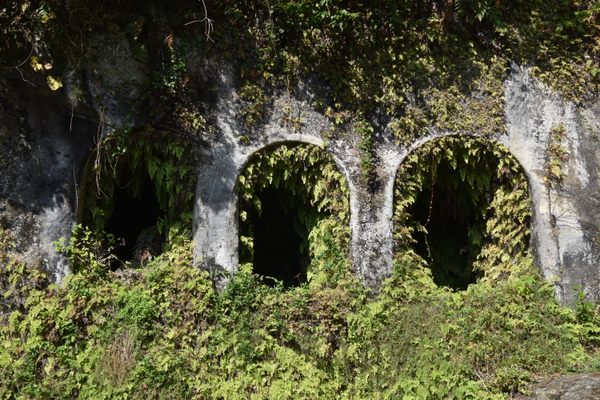
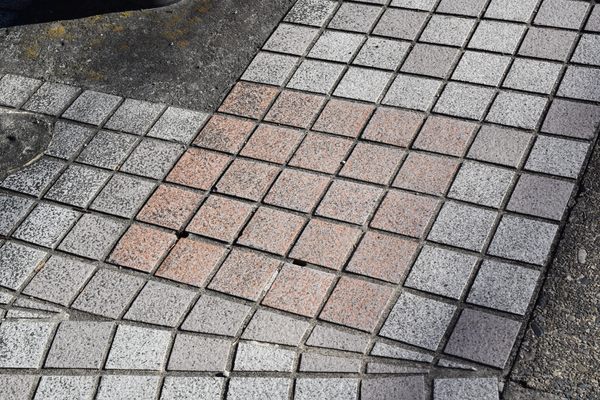
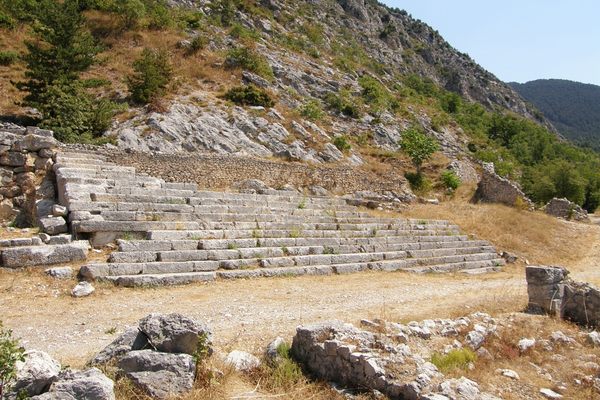
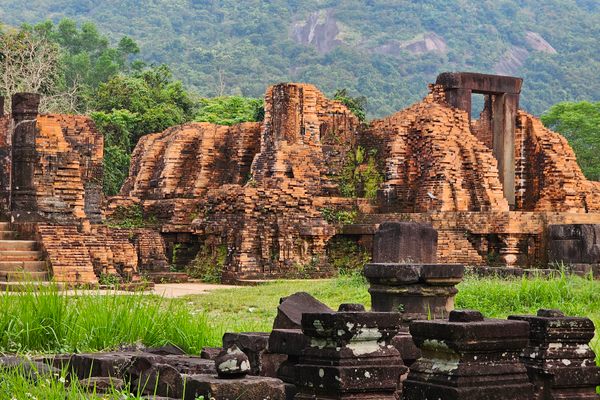
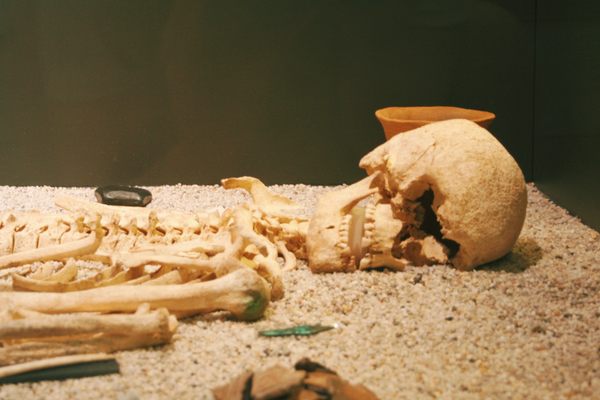


Follow us on Twitter to get the latest on the world's hidden wonders.
Like us on Facebook to get the latest on the world's hidden wonders.
Follow us on Twitter Like us on Facebook